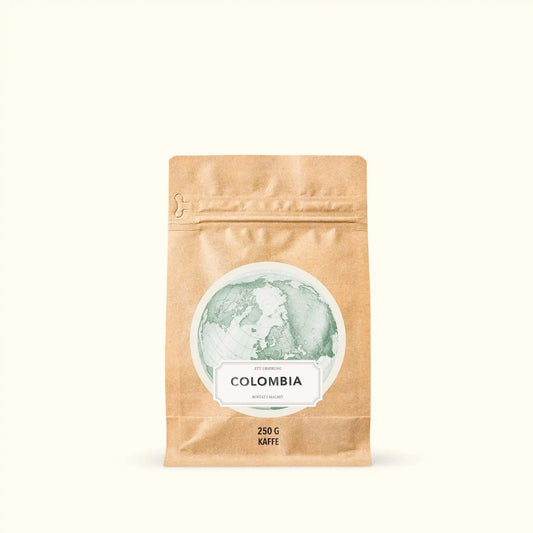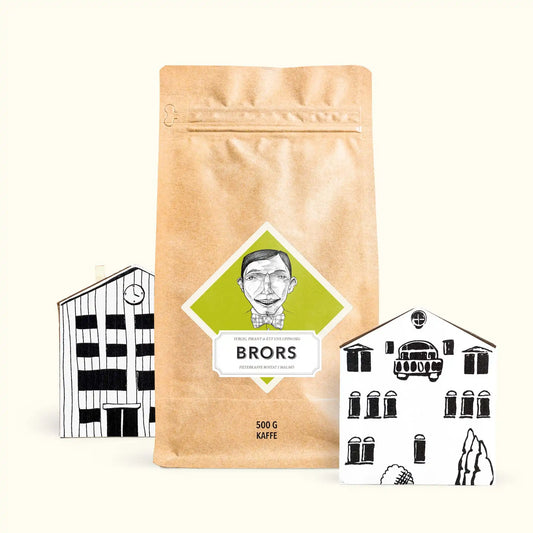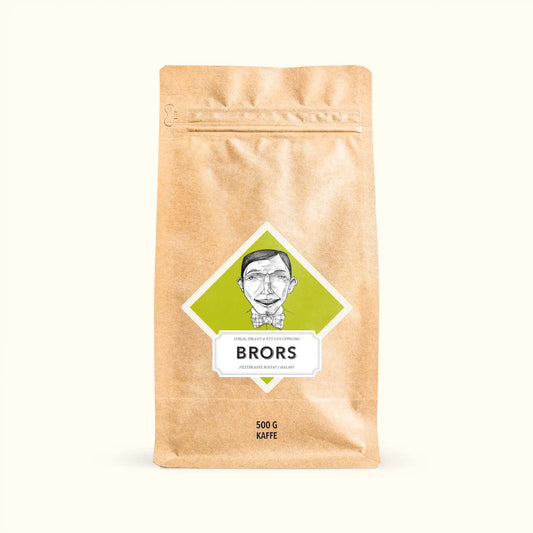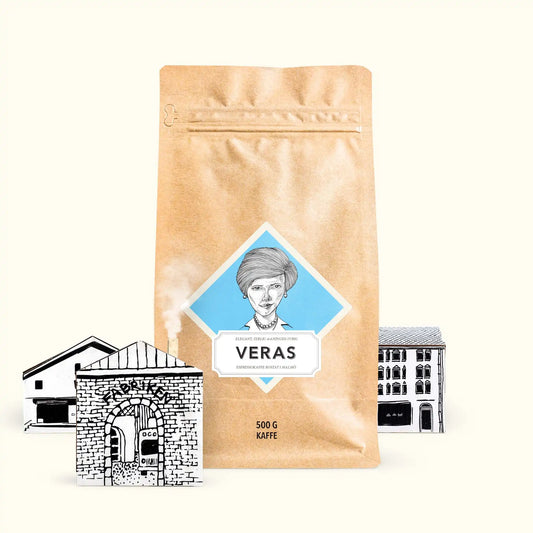Honey processed coffee
Honey processed coffee has become increasingly popular among coffee connoisseurs seeking a balanced flavour experience between washed and natural coffees. The method, developed in Costa Rica, involves removing only the outermost skin from the coffee cherry, leaving the sticky fruit flesh (mucilage) intact during drying. The name comes from this sticky layer, which resembles honey, but no actual honey is used in the process.

There are four main varieties of honey processed coffee, which are categorised by how much mucilage is left on the bean:
- White honey - 80-100% of the mucilage is removed
- Yellow honey - 50-75% of the mucilage is removed
- Red honey - 0-50% of the mucilage is removed
- Black honey - where almost all the mucilage is left
When the bean dries with this layer, a mild fermentation occurs, giving an exciting flavour profile. On the cupping table, we often find notes of honey, sweet berries and a creamy mouthfeel that lies between the clean taste of washed beans and the fruity taste of natural ones. The more mucilage that is left, the more intense these flavours become. The process requires great skill and careful monitoring to get the right result.
At the company, honey processed is an appreciated alternative when we want something in between the classic washed and the more wild natural. It is excellent both as filter coffee and in espresso blends where it contributes with natural sweetness and body.
When brewing honey processed coffee, we recommend that you follow your usual brewing routines, but be aware that the extraction time may need to be adjusted slightly as these beans often have a different density than washed coffee.
Try somthing new?
-
Costa Rica Placeres del Llano Honey - 250g
Regular price 179 SEKRegular priceUnit price / per -
Colombia El Obraje Castillo - Pablo Guerrero 250g
Regular price 179 SEKRegular priceUnit price / per -

 Sold out
Sold outKenya Gatagua AA - 250 g
Regular price 189 SEKRegular priceUnit price / per -
Mäster's coffee - 500 g
Regular price 220 SEKRegular priceUnit price / per -
Brors's coffee - 500 g
Regular price 225 SEKRegular priceUnit price / per -
Vera's coffee - 500 g
Regular price 225 SEKRegular priceUnit price / per -
Bodi'ls coffee - 500 g
Regular price 220 SEKRegular priceUnit price / per












